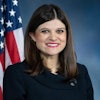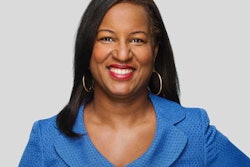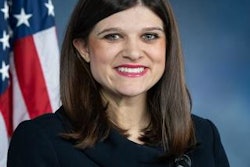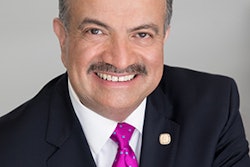DURHAM — As questions about the Trump administration’s direction on race and college admissions swirled this week, the new president of Duke University said his tenure would seek to expand diversity at the elite private campus while preserving fairness.
Diversity of views and knowledge is fundamental to higher education’s task of pushing the limits of research and training problem-solvers, Vince Price said in an interview a month after starting his job July 1.
Price, 60, won awards as a political science and communications professor before becoming the University of Pennsylvania’s chief academic officer. He was selected from that Ivy League post late last year to take over Duke University, which, like Penn, is located in a city that is more than 40 percent Black and has a growing teaching presence in China.
“I see no disjunction between our quest for diversity and our fundamental commitment to fairness in the way we manage all aspects of the university,” Price said last week. “I mean diversity in a deep way. That is to say, we are about open inquiry. That’s what universities are about. And the only way to produce high-quality, open inquiry is to go out and seek out difference and bring different points of view, different perspectives together, so they can be brought to bear on challenging problems.”
Price spoke after The New York Times reported the U.S. Justice Department was seeking internally for attorneys interested in race-based discrimination in college and university admissions. The department later said it had no broad plans to investigate whether university admission programs discriminate against students based on race, but was focused on an administrative complaint by Asian-American associations against Harvard University.
Recent years have seen America’s elite private colleges, many of which have drawn criticism over race-conscious admission policies, become increasingly diverse.
Minority students made up more than 40 percent of the freshman classes at nearly all Ivy League schools in 2015, according to the most recent federal data, while only two topped that mark in 2010.















